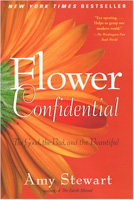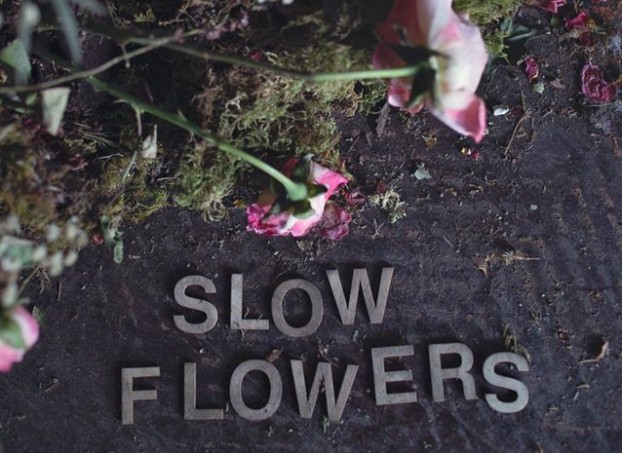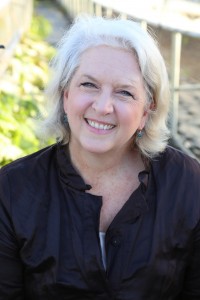Podcast: Play in new window | Download
Subscribe: Apple Podcasts | Podcast Index | RSS | More
Welcome to the final Slow Flowers Podcast episode of 2015.
Every single week this year; in fact, every single week for 2-1/2 years, I’ve had the immense privilege of hosting dynamic and inspiring dialogues with a leading voice in the American floral industry.
You’ve heard from flower farmers and floral designers who are changing the marketplace and how we view and consume the flowers in our lives.
As 2015 comes to a close, I would like to dedicate today’s episode to the Slow Flowers Highlights we’ve witnessed this year.
Next week, on January 6th, I will share my Floral Insights and Forecast for 2016 with you.
The past twelve months have built on the successes and shifts that began in previous years. Each time we turn the pages of the calendar to a New Year, we can applaud the strides made in the Slow Flowers movement.
I can date my own awareness to the American grown floral landscape to 2006 — that’s nearly a decade ago — when I met a very young mom named Erin Benzakein while I was scouting gardens in Mount Vernon, Washington. She was growing sweet peas and had big ambitions.
Something about our conversation resonated with me. I was an established features writer with a huge home and garden portfolio. I’d written countless floral design stories for regional and national publications and yet it had never occurred to me that there was a great imbalance in the way flowers are grown and sourced in this country.
 At the same time, my writer-pal Amy Stewart was working on a book about the global floral industry’s dark side, which was published the following year called Flower Confidential. She delved deep into the stories behind the status quo, and opened mine and countless others’ eyes to the extraordinary reasons nearly 80 percent of cut flowers sold in the U.S. were being imported.
At the same time, my writer-pal Amy Stewart was working on a book about the global floral industry’s dark side, which was published the following year called Flower Confidential. She delved deep into the stories behind the status quo, and opened mine and countless others’ eyes to the extraordinary reasons nearly 80 percent of cut flowers sold in the U.S. were being imported.
Curious to learn more, I subscribed to Growing for Market, Lynn Byczynski’s newsletter for market farmers. I joined the Association of Specialty Cut Flower Growers and attended my first regional meeting in 2010, held at Charles Little & Co. in Eugene, Oregon, and later that year I went to the national meeting in Tulsa, Oklahoma.
I began connecting with flower farmers wherever I could, both in California where I was living at the time, and in Oregon and Washington. I met people virtually, as well, thanks to the ASCFG list-serves where I learned much about the issues facing small farms and American growers.
READ MORE…










